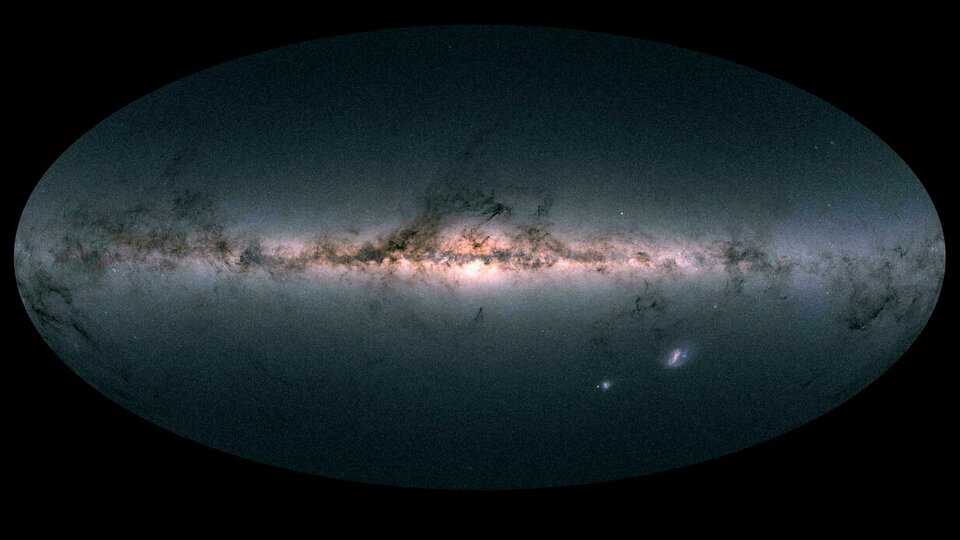A group of astronomers discovered a giant cavity in the Milky Way, surrounded by two nebulae, Perseus and Taurus., which emerged after the explosion of at least one star.
According to a study published on this mystery, the molecular clouds of Perseo and Tauro, as if you know them scientifically, have been scrutinized by astronomers since time ago, in the first place because they are relatively close to Tierra, at a distance of between 500 and 1,000 light-years.
But these two nebulae also have another interest: are arrays of stars, which are formed thanks to the mixture of molecular gas and galactic dust. For a long time, astronomers believed that Perseus and Taurus were linked by a kind of filament. An observation later discarded.
“The funny thing is, we found they’re connected, but not in the way we thought, but for a gigantic cavity“explained Shmuel Bialy, a researcher at the Harvard Center for Astrophysics and the Smithsonian.
With the help of the European space telescope Gaia, tools for calculating and generating three-dimensional images, the scientists managed to create a map of the cavity, called Per-Tau.
You have to imagine Per-Tau as a “kind of sphere whose interior is empty”, detailed Bialy, a “super bubble” with a diameter equivalent to the aforementioned distance between the Earth and the two “matrices” of the nebulae: about 500 light years. Its outer envelope would partially consist of Perseus and Taurus.
Inside there is some stardust “but of a very weak density compared to the surrounding clouds,” cosmologist and astrophysicist Torsten Ensslin, associate professor at the Max Planck Institute for Astrophysics, told AFP.
Ensslin shares authorship of the study on Per-Tau, published in Astrophysical Journal Letters, with Bialy.
Hypothesis about the origin of the nebula Perseus and Taurus
In turn, astrophysicist and postdoctoral researcher Catherine Zucker signed another study in which she exposes how, for the first time, scientists were able to recreate real three-dimensional views, not simulations, which allows them to test theories through direct observation.
“We think (Per-Tau) is due to a supernova, a giant explosion that released these gases and formed these clouds,” Bialy said. He even advocates the explosion of multiple supernovae.
Upon exploding, one or more dying stars released and pushed out the gases in which they bathed, and these gases formed this cavity between 6 and 22 million years ago.
.
